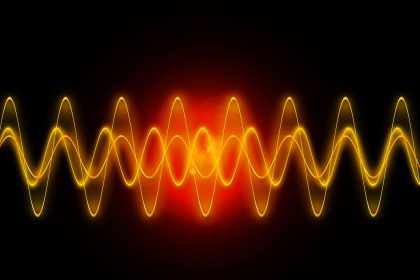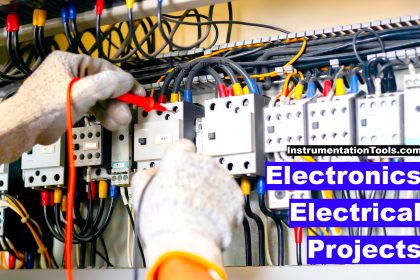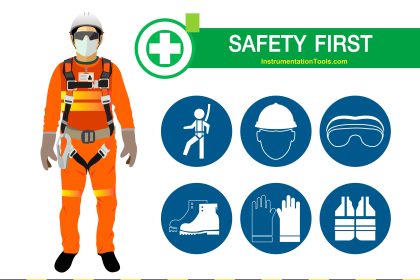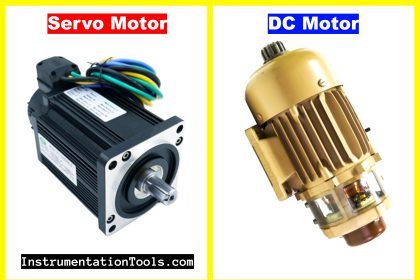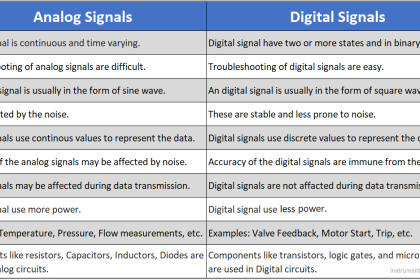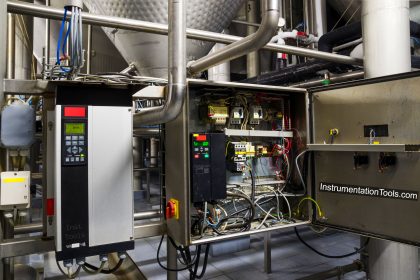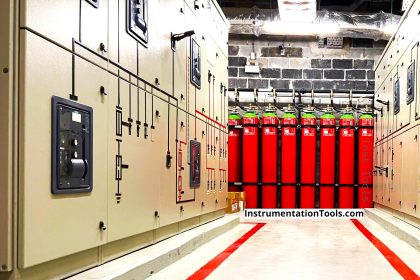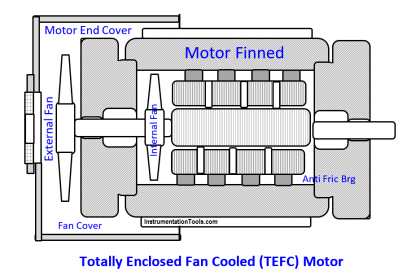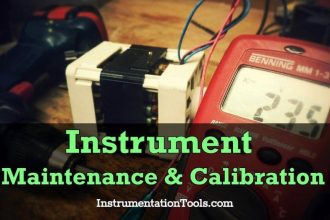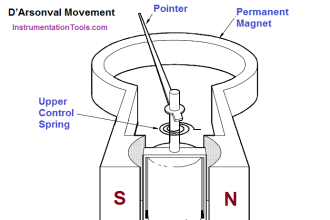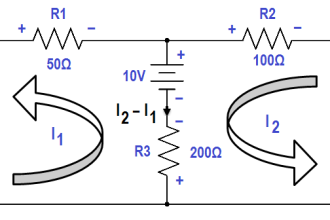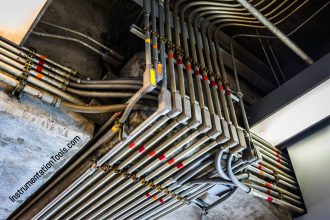When you are using an electric cable, it is bound with a common issue called electric stress. If this issue is not solved, then the cable will either lose its insulating material or will burn the wire itself.
Many engineers accidentally ignore this concept and due to this, after a period of time, the wire starts to lose its integrity. In this post, we will see the concept of electric stress in cables, joints, and terminations, and will see how to control it.
What is electric stress?
When you are connecting a wire in a joint or termination, you need to open some conductor part of the wire and join with the terminators, failure of which will not cause current to flow.
When the wire cover is opened, it means that the area is no longer insulated. Due to loss of insulation or less amount of insulation in that area, the electric voltage from the conductor will now start to flow from that area.
This means that the electric field is now flowing outside the conductor core of the wire into non-insulated areas. If the field starts to distribute in such a scattered way, undesired areas of the wires will have conduction.
This can result in the heating of the cable, ultimately leading to failure. Also, if a person accidentally touches that area thinking it is non-conductive, then it may lead to electric shock. This is called electric stress.
An electric stress tests the dielectric strength of insulating materials of the wire, and its performance when a certain voltage is applied to them. It matters mostly in high voltage applications like power transmission and generation. It is calculated by considering applied electric fields as well as voltage. If the stress is high, then the dielectric material will fail and thus, the cable will fail.
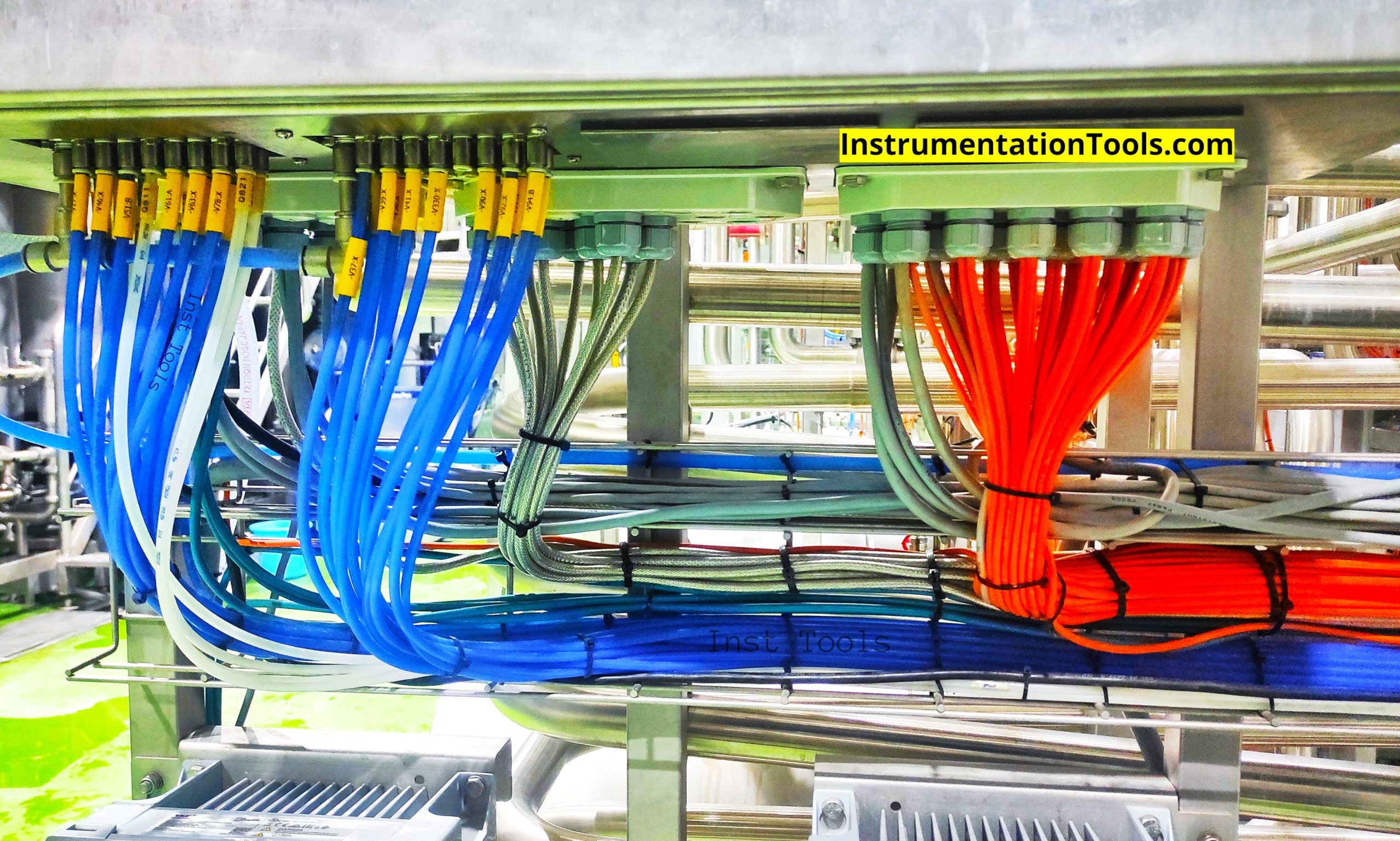
Now, as discussed, cables and joints play a very important role in controlling stress. This is because they are responsible for terminating the cables and thus removing any possibility of an open connection or end. If it is not done properly by leaving out any edge or space, then it invites stress unnecessarily.
Reasons for electric stress
The the main reasons for the electric stress are listed below.
- Improper termination results in some open edges or space around the conducting core.
- Improper earthing can result in leakage current and electromagnetic noise, affecting the dielectric strength of the insulating material.
- Exposure to moisture or accidental spillage of water on the cable ends.
- Poor quality cable.
- Improper lugs applied to cable joints and ends.
Methods of electric stress control
The popular stress control methods are listed here.
- Geometric stress control
- Capacitive stress control
- Good Terminations
- Extend the lug or the terminator end
Geometric stress control
The first method is called geometric stress control. In this, an extra layer of insulator is added over the already-insulated surface of the cable. As the cable approaches its end, this extra layer of insulation starts to increase. You can think of it as a ramp.
At the extreme end of the cable, the insulation material will be the highest. In short, the areas with a high ratio of electric stress receive an extra layer of insulation.
Capacitive stress control
The second method is called capacitive stress control. Instead of applying an extra layer of insulation, the same area of insulation is added, but with a material of high dielectric constant.
This reduces the surface tension area of the electric field to a great extent, as the capacitance is increased due to the high dielectric constant. It is seen practically that out of the two – geometric and capacitive, the capacitive works best in high voltage applications.
Good Terminations
The third method involves the use of a good termination. When choosing the best termination for your cable, see the following factors –
- resistance to high flashover voltage
- ease in installation
- resistance to tracking and UV radiation
- resistance to pollution, moisture, dust, and fog
If termination only is solved at its base end, then the need for implementing other methods reduces to a great extent.
Extend the lug or the terminator end
The next method is to extend the lug or the terminator end beyond its limit. This means, suppose a lug is installed to cover the open conductor core of wire to 10 mm, then use a lug which can cover 20 mm.
A more practical example is using a stress cone. It is a material used best for electric stress control as it extends finely beyond the termination end.
In this way, we saw the concept of electric stress control in cables, joints, and terminations.
Read Next:
- MCB vs Fuse Questions and Answers
- Electrical Engineering Documents Quiz
- Difference Between HV and LV Cables
- Types of Cables in Industrial Automation
- Flame Resistant and Retardant Cables
